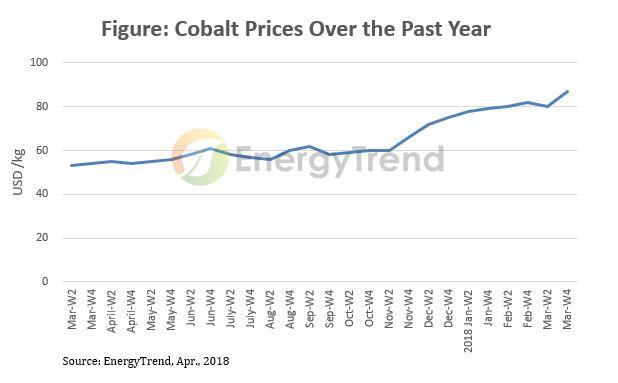Cyber centre to be developed in London’s Olympic Park
London's Olympic Park is to play host to a new world-first ?13.5 million cyber innovation centre, which is hoped will help to secure the UK’s position as a global leader in the growing cyber security sector.

The Cyber Innovation Centre is intended to boost the East London digital cluster and spur the development of cutting-edge technology to tackle online threats. Estimates suggest it could also help create 2,000 jobs in the UK's cyber security industry.
Start-ups chosen to participate in the scheme will work with large firms as they identify cyber security challenges critical to their businesses. It is hoped that this approach will encourage smaller, innovative businesses to create solutions that larger firms will need as well as securing commercial contracts and further investment.
Figures suggest that a tech company was formed every hour in London in 2017 and firms attracted almost ?3 billion in venture capital investment. The centre is intended to act as a catalyst for startups and help the UK increase its slice of the global cyber security industry which is forecast to be worth ?69billion in 2018.
The new centre will be run by Plexal from its Here East headquarters, and is being funded by the Department for Digital, Culture, Media and Sport as part of the Government’s five-year, ?1.9billion investment in UK cybersecurity.
The centre will offer a tailored programme of support to at least 72 companies over three years and is open to firms from across the UK. Start-ups that are not on the programme will be able to access the centre’s support and facilities.
Those chosen for the scheme will benefit from dedicated technical and engineering support from Plexal, state-of-the-art technology facilities and mentoring and professional business advice. They will also have access to an international network of cyber clusters to bring trade and investment opportunities on a global scale.
在线留言询价

Taiwan Has 'Big-Data-Free' Social Platform
- 一周热料
- 紧缺物料秒杀
| 型号 | 品牌 | 询价 |
|---|---|---|
| RB751G-40T2R | ROHM Semiconductor | |
| TL431ACLPR | Texas Instruments | |
| CDZVT2R20B | ROHM Semiconductor | |
| MC33074DR2G | onsemi | |
| BD71847AMWV-E2 | ROHM Semiconductor |
| 型号 | 品牌 | 抢购 |
|---|---|---|
| TPS63050YFFR | Texas Instruments | |
| BU33JA2MNVX-CTL | ROHM Semiconductor | |
| BP3621 | ROHM Semiconductor | |
| IPZ40N04S5L4R8ATMA1 | Infineon Technologies | |
| STM32F429IGT6 | STMicroelectronics | |
| ESR03EZPJ151 | ROHM Semiconductor |
- 周排行榜
- 月排行榜
AMEYA360公众号二维码
识别二维码,即可关注























